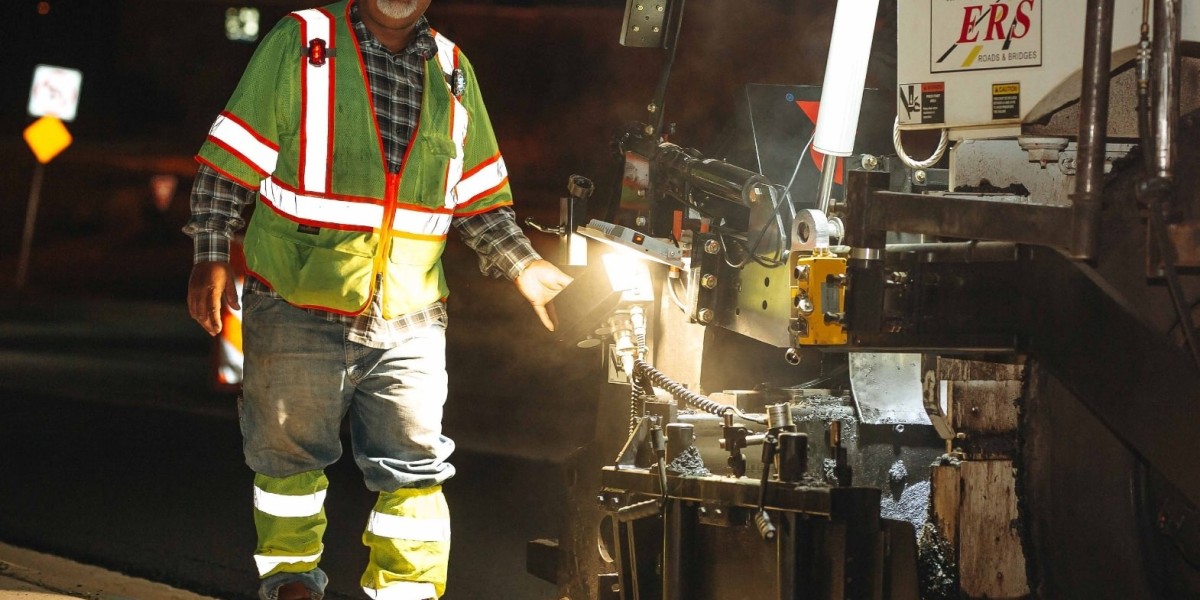Painting is one of the most effective ways to enhance the beauty and value of a property. Whether you are updating the interior walls of your home or refreshing the exterior to improve curb appeal, a well-done paint job can transform your space. In this guide, we will explore everything you need to know about Interior/Exterior painting, including preparation, techniques, and maintenance tips.
The Importance of Interior/Exterior Painting
A fresh coat of paint can do wonders for a home or commercial space. Some of the key benefits include:
Enhanced Aesthetic Appeal: A new paint job refreshes the look of a property, making it more inviting and stylish.
Increased Property Value: Well-maintained paintwork can boost the value of your home or business.
Protection Against Damage: Quality paint acts as a barrier against moisture, dust, and pests.
Improved Mood and Atmosphere: Interior colors can impact emotions, making rooms feel cozy, energetic, or relaxing.
Preparation for Interior/Exterior Painting
Before beginning any painting project, proper preparation is essential for a flawless finish. Here are the steps to follow:
1. Surface Cleaning and Repair
Clean walls to remove dirt, grease, and mold.
Repair cracks, holes, or peeling paint with putty or filler.
Sand rough surfaces to ensure a smooth application.
2. Choosing the Right Paint
Interior Paint: Opt for water-based (latex) paint for easy cleanup and low odor. Eggshell and satin finishes work well for living spaces.
Exterior Paint: Select weather-resistant paint that can withstand UV rays, rain, and temperature fluctuations.
3. Selecting the Right Tools
Brushes and Rollers: Use rollers for large areas and brushes for detailed work.
Painter’s Tape: Protect trims and edges from accidental paint spills.
Drop Cloths: Cover furniture and flooring to prevent paint stains.
Interior Painting Techniques
Painting interior walls requires patience and precision. Here are some tips to achieve a professional finish:
Use a Primer: A primer helps with adhesion and provides a uniform base, especially on new or heavily stained surfaces.
Cutting In: Paint edges and corners first with a brush before rolling the main surface.
Apply Multiple Coats: Allow each coat to dry completely before applying the next to ensure even coverage.
Ventilation is Key: Open windows or use fans to speed up drying and reduce paint fumes.
Exterior Painting Best Practices
Exterior painting requires different considerations due to exposure to the elements. Follow these tips for a long-lasting finish:
Check Weather Conditions: Avoid painting in extreme heat, humidity, or rain to prevent uneven drying.
Use High-Quality Paint: Invest in fade-resistant, mildew-resistant, and waterproof paint.
Properly Prepare Surfaces: Remove old paint, sand rough areas, and apply a suitable primer before painting.
Apply Paint Evenly: Use long, even strokes to prevent streaks and drips.
Maintenance Tips for Longevity
To keep your Interior/Exterior painting looking fresh for years, follow these maintenance tips:
Regular Cleaning: Wipe down interior walls with a damp cloth to remove dust and stains.
Inspect for Peeling or Cracks: Address any damage early to prevent further deterioration.
Touch Up as Needed: Keep leftover paint for small touch-ups to maintain consistency.
Protect Against Moisture: Use mold-resistant paint in humid areas like bathrooms and kitchens.
Common Mistakes to Avoid
Even with careful planning, mistakes can happen. Avoid these common painting errors:
Skipping Surface Preparation: Failing to clean and prime surfaces can result in poor adhesion.
Using Low-Quality Paint: Cheap paint may require multiple coats and fade quickly.
Not Allowing Adequate Drying Time: Rushing the process can cause smudges and uneven texture.
Ignoring Safety Precautions: Always wear protective gear and ensure proper ventilation when working with paints and solvents.
Conclusion
Interior/Exterior painting is a cost-effective way to enhance the appearance and durability of your property. Whether you're tackling a DIY project or hiring professionals, following best practices will ensure a smooth and long-lasting finish. With the right preparation, quality materials, and maintenance, your newly painted space will remain vibrant and well-protected for years to come.
FAQs
1. How often should I repaint my home's interior and exterior?
Interior walls typically need repainting every 3-5 years, while exteriors last 5-10 years, depending on climate and paint quality.
2. What is the best time of year for exterior painting?
Spring and early fall are ideal, as moderate temperatures and low humidity allow for better paint adhesion.
3. Can I paint over old paint without priming?
While possible, priming ensures better adhesion and durability, especially when changing colors or painting over glossy surfaces.
4. How do I choose the right paint color?
Consider natural light, room size, and existing decor. Many brands offer sample swatches to test before committing.
5. Is it better to use a roller or brush for painting?
Rollers cover large areas quickly, while brushes are best for detailed edges and trims.
6. How do I prevent streaks when painting?
Apply even pressure, use quality brushes/rollers, and allow coats to dry completely before adding another layer.
With this guide, you are now equipped with the knowledge to take on any Interior/Exterior painting project with confidence!









